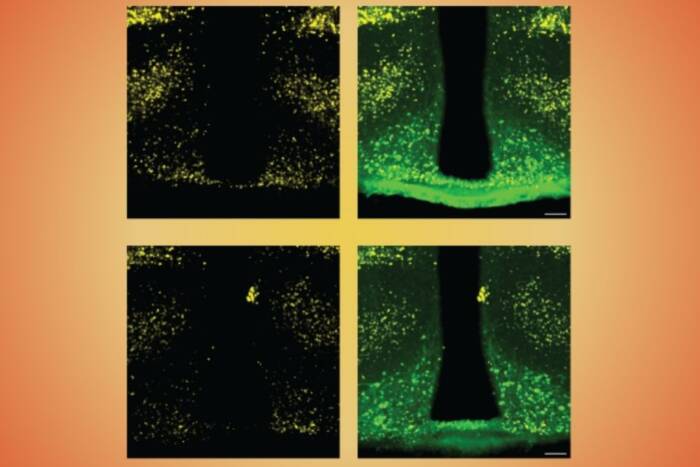In brief: Tweaking RNA protects cells from harmful inflammation
Should a cell detect an invader, it alerts the immune system to trigger inflammation, a blunt and sometimes damaging defensive response. By studying a defect that underlies Aicardi-Goutières syndrome, an autoinflammatory disorder affecting the brain, scientists in Charles M. Rice’s lab have gained new insights into how cells manage potentially harmful inflammatory signals.
Cells in patients with the disease sometimes carry errors in a protein called ADAR1. These cells appear to confuse their own RNA for the genetic material of viruses, a mistake that can make them send out false infection alarms. The scientists suspected that ADAR1 normally prevents inflammation by altering the cell’s RNA so it does not trip sensors meant for viruses.
By eliminating ADAR1 in human cells, research associate Hachung Chung and her colleagues found that the protein does indeed prevent cellular RNA from triggering false alarms in vulnerable neuron-generating cells—a finding that provides clues about the origins of neurological damage seen in patients with Aicardi-Goutières syndrome.
The team also found that ADAR1 enables cells to continue functioning during inflammation, by preventing activation of an RNA sensor that acts like a kill switch by turning off cells’ ability to maintain themselves and grow. Their work was described on January 25 in Cell.



